What Is Underpinning? Everything You Need to Know
When it comes to home renovation or construction, underpinning is a term that you may not hear as often as, say, “flooring” or “cabinetry,” but it’s equally, if not more, important. Underpinning deals with the soil supporting existing foundations or structures, and while it may sound like a heavy-duty task reserved only for professionals, understanding it can be invaluable for any homeowner or prospective buyer.
Whether your house shows signs of structural damage or you plan to add more floors to an existing footing, underpinning ensures that your property stands on a solid foundation. This blog post will delve into the nitty-gritty of underpinning, covering its different types, the signs that your home needs it, and how to go about the process. Don’t underestimate your home’s foundation; read on to equip yourself with everything you need to know about underpinning.
Diving Deep Into Underpinning.
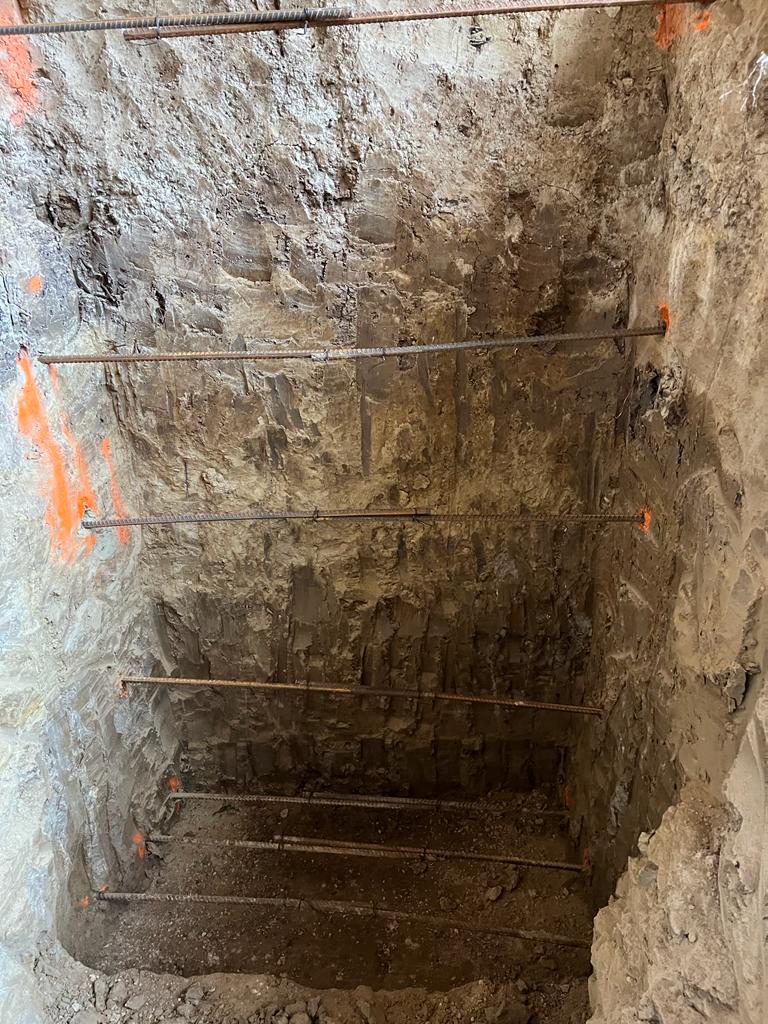
Wondering what is underpinning? Underpinning, in a broad sense, is a construction technique used to enhance the strength and stability of a building’s foundation. The foundation is a crucial part of any structure as it bears the entire building load and transfers it to the ground.
With time, various factors like soil erosion, soil type, ground movement, or increased load can affect the foundation, compromising the structure’s safety and integrity. Weak soil can affect the foundation’s strength. Hence, Underpinning is often a necessary measure to address these issues and ensure the long-term durability of the building. Mass concrete underpinning involves carefully planned and executed steps to support the existing structure, thereby increasing its load-bearing capacity and stabilizing it.
A structural engineer uses several different methods and materials for underpinning, depending on the specific circumstances and requirements of the existing house or building. Ultimately, underpinning helps restore the structural integrity of a building and prevents any potential future damage. Always consult with an experienced professional for basement underpinning in Toronto to avoid accidents and ensure a solid build.
How Structural Engineers Perform Underpinning in An Existing Foundation?
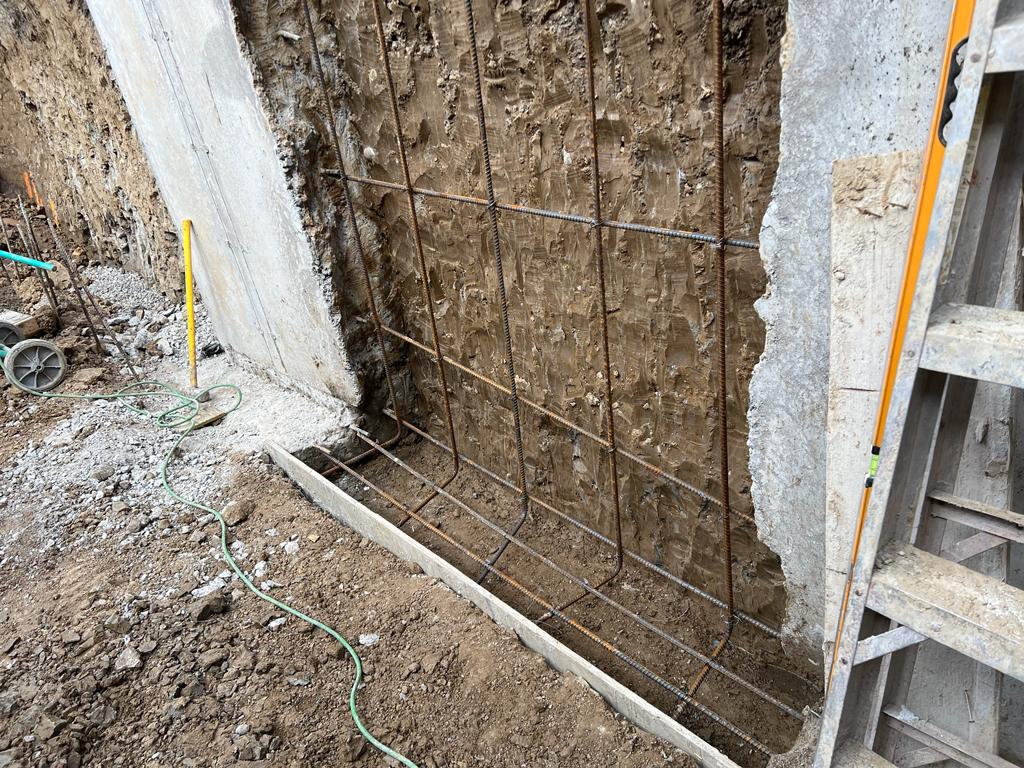
Underpinning is a meticulous process that must be executed with precision and care to ensure the safety and stability of the structure. Here is a step-by-step guide on how underpinning is typically performed:
1. Assessment and Planning: A thorough assessment of the building’s foundation is necessary before starting the underpinning process. This involves determining the damage’s extent, the existing foundation’s load-bearing capacity, and the soil properties. Based on this assessment, a detailed plan is developed, including the underpinning method, the materials required, and the sequence of work.
2. Excavation: This is the first step in the actual underpinning process. It involves carefully excavating the soil underneath the existing foundation. This excavation is usually done in small sections, or ‘pins,’ to ensure the stability of the structure during the process. The size and depth of the excavation will depend on the underpinning method being used and the specific requirements of the building.
3. Installation of Underpinning Material: The next step is to install the underpinning material once the excavation is complete. This usually involves placing high-quality materials such as steel or concrete in the excavated area to support the foundation. Hydraulic equipment is often used to install the underpinning material accurately and securely.
4. Grouting: After the underpinning material is installed, the gaps between the new material and the existing foundation must be filled. This is usually done using a grout mixture pumped into the gaps to ensure a solid connection between the old and new foundation.
5. Reinforcement: In some cases, additional reinforcement may be necessary to ensure the long-term stability of the foundation. This may involve adding steel rods or beams to the underpinning material or the existing foundation.
6. Restoration: Once the underpinning process is complete, the excavated areas are backfilled with soil, and the surface is restored to its original condition.
It is important to note that underpinning is a complex process that requires specialized knowledge and equipment. It should only be performed by qualified professionals from a reputed construction company in Toronto to ensure the safety and stability of the building.
Types of Underpinning Techniques:
Depending on your home’s condition, a professional might suggest any of the two methods:
Traditional Underpinning
This is one of the oldest and most common methods of underpinning. It involves excavating sections, or ‘pins,’ of the existing foundation and then reinforcing them with concrete or steel beams. The process is repeated across the entire foundation until the whole structure is supported on the new foundation. This method is particularly suitable for older homes with significant foundation issues where other methods may not be adequate or feasible.
Hydraulic Jacking
Also known as ‘piering,’ this method involves using hydraulic jacks to lift and stabilize the foundation. Steel piers or piles are driven into the ground, and then hydraulic jacks lift the foundation to the desired level. Once the foundation is leveled, the space between the foundation and the ground is filled with a grouting mixture to provide additional support. This method is faster and less invasive than traditional underpinning. It is particularly suitable for houses with minor foundation problems or limited access.
When Does a House Require an Underpinning?
A house may require underpinning when there are noticeable signs of foundation failure, such as cracks in the walls or floors, doors or windows that stick, or uneven floors. Other indicators of foundation repair may include the foundation sinking or shifting or the occurrence of subsidence in the surrounding land. It is essential to address these issues promptly to avoid further damage and ensure the safety of the occupants.
How To Prepare for Underpinning?
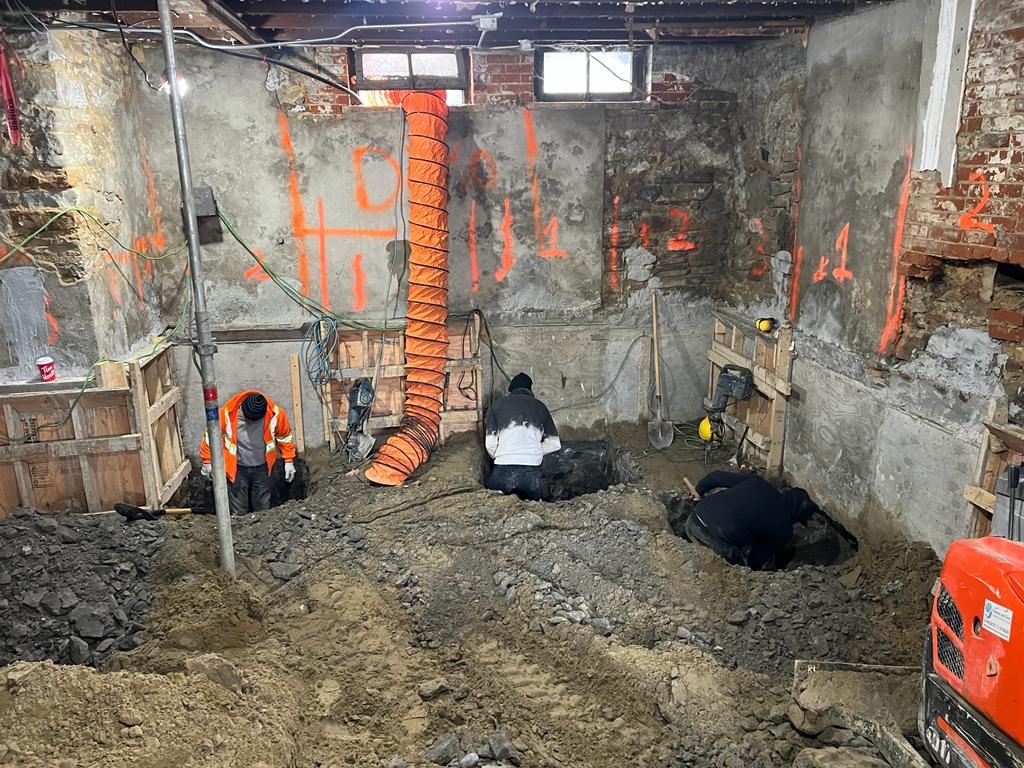
Preparing for underpinning involves several key steps:
- It is essential to have a thorough inspection and assessment of the foundation by a qualified professional. This will help determine the extent of the damage and the most appropriate underpinning method.
- You may need to obtain any necessary permits or approvals from your local municipality.
- You must prepare the area around your house by removing obstacles that may hinder the underpinning process, such as plants, furniture, or other structures.
How Long Will it Take to Underpin a House?
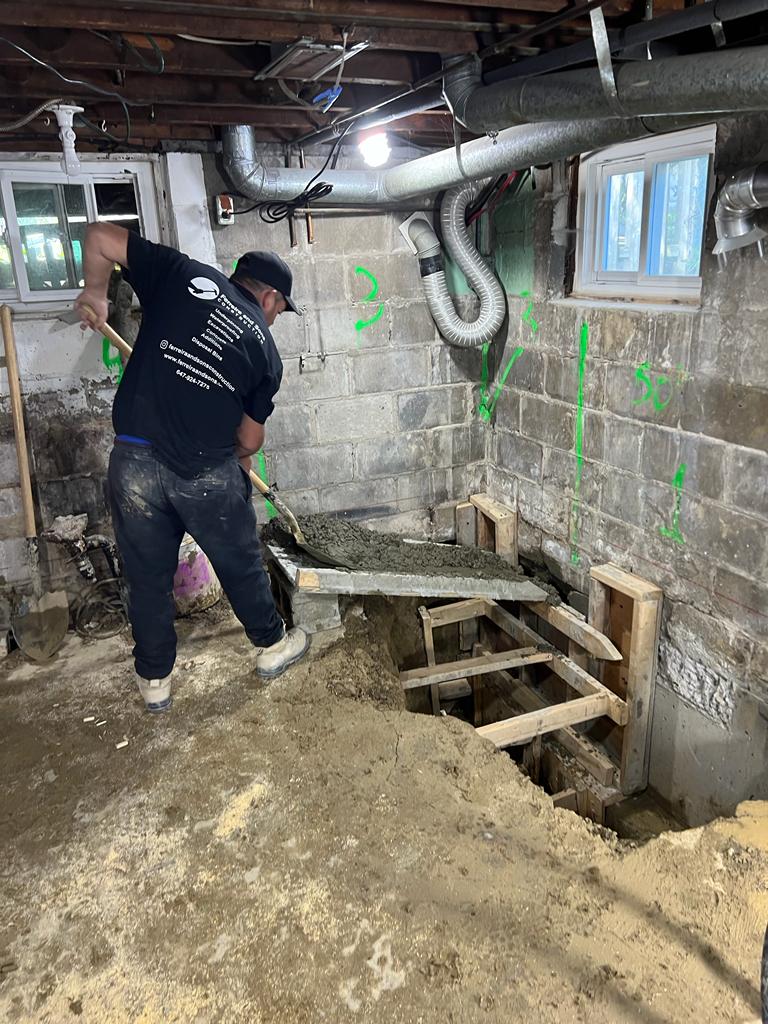
The duration of the underpinning process will depend on several factors, including the extent of the damage, the method of underpinning used, and the size of the house. However, underpinning a house typically takes a few days to several weeks. It is essential to have a clear timeline from your contractor and make any necessary arrangements, such as finding temporary accommodation, if required, in advance.
Conclusion
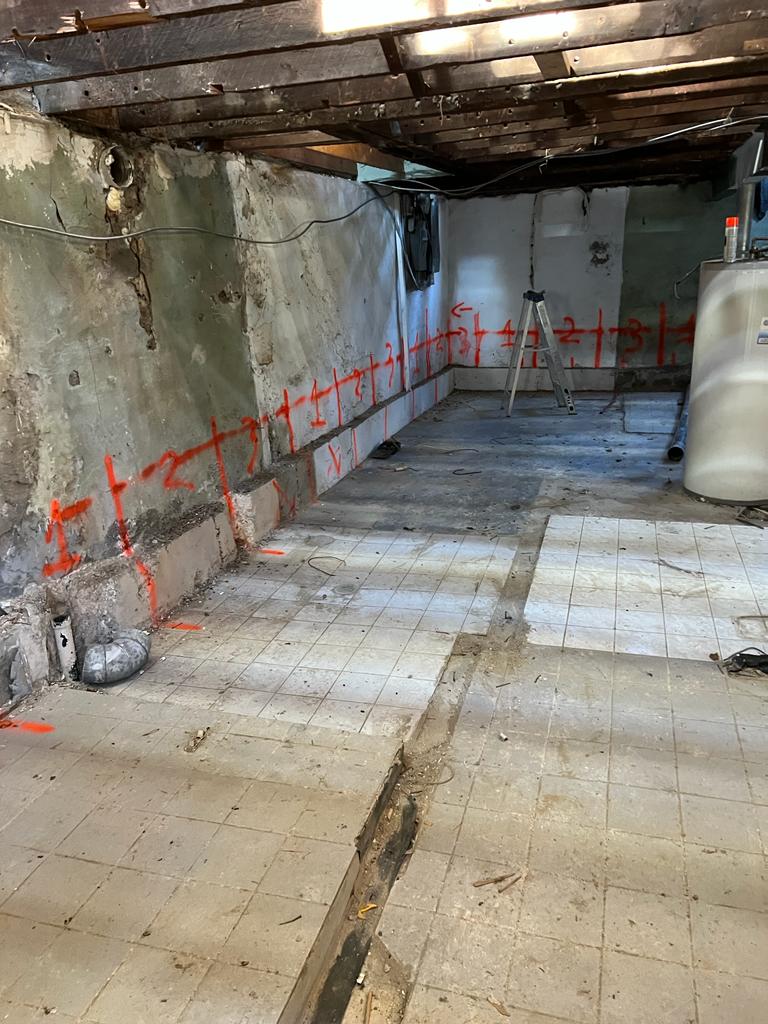
In conclusion, underpinning is a critical process for maintaining the structural integrity of your home. Whether you are dealing with significant foundation issues or planning a major renovation, understanding the underpinning process, the materials used, and the different techniques available will help you make informed decisions and ensure the safety and stability of your home. Remember to consult a professional for an assessment and to carry out the underpinning process to guarantee a successful and long-lasting result.
